This post may contain affiliate links. This just means I may receive a small commission at no extra cost to you for helping them promote their product or service. I don’t endorse any services I don’t personally use or recommend.
When comparing Safari prices in East African countries…Kenya comes out on top—as in the least expensive. But this is largely due to the availability of group tours and the fact that most travelers only visit for a very short time. Some parks (like the Maasai Mara) charge $200 per person for just the entrance fee. But with the high park entrance prices comes an incredible diversity of wildlife and excellent conservation practices. This cost usually means travelers must pick and choose which park to visit. This guide is meant to help you with that.
Our Guide to Kenya’s Best National Parks
These are our favorite parks and conservancies we visited within Kenya.
But first…
What is the difference between a National Park, a National Reserve, and a Conservancy?
National Parks and Reserves are run by the Kenyan Government and protected by KWS (Kenyan Wildlife Service). As these are “public” lands, they are usually not fenced in. Conservancies, on the other hand, are privately owned and, in my experience, vary greatly in terms of conservation work and price. Don’t be fooled into thinking conservancies aren’t worth your visit…our favorite wildlife experience in Kenya was in a conservancy.
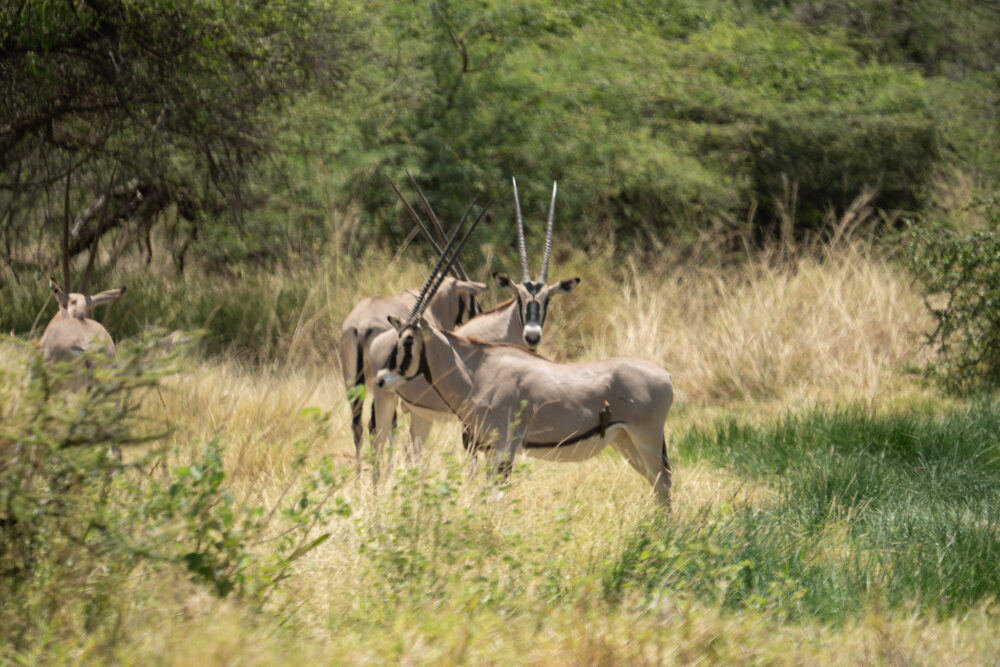
Conservancies also involve the local communities much more, which helps decrease poaching and contributes to the well-being of the people in Kenya as much as the well-being of the wildlife, which is so important.
Kenya’s Best National Parks for Wildlife
IMPORTANT. We self-drove in Kenya and visited these national parks on our own, not with a group tour. This ranking will consider wildlife sightings and overall experience in the park.
1. Ol Pejeta Conservancy
I’ll bet you were expecting to see Maasai Mara here, weren’t you? This might come as a shock to you…but we didn’t visit Maasai Mara National Park in Kenya. I will still include it in my rankings, however, and explain why we skipped it below.
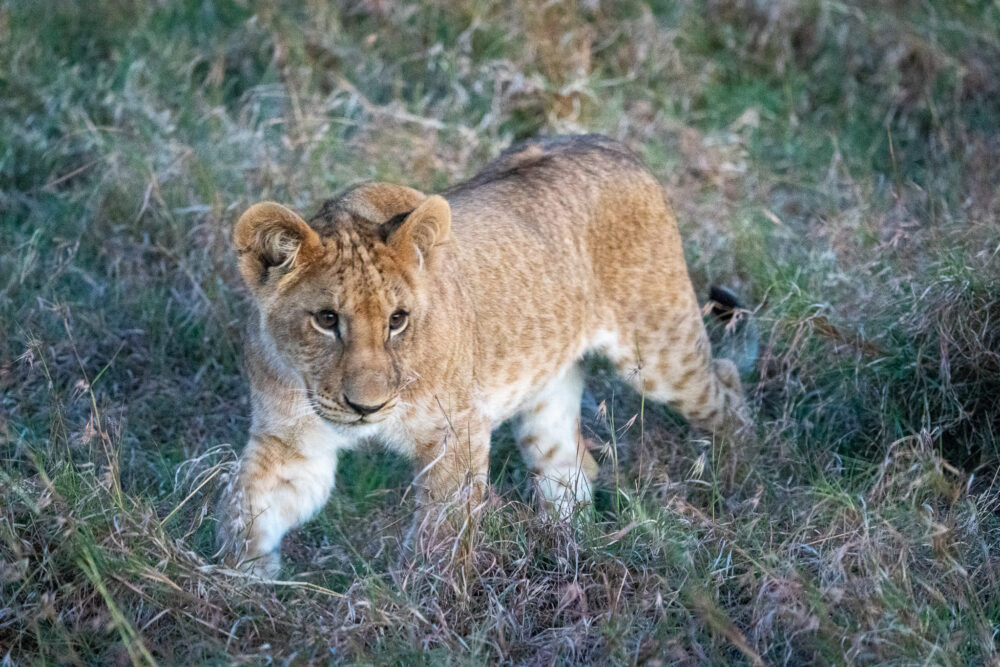
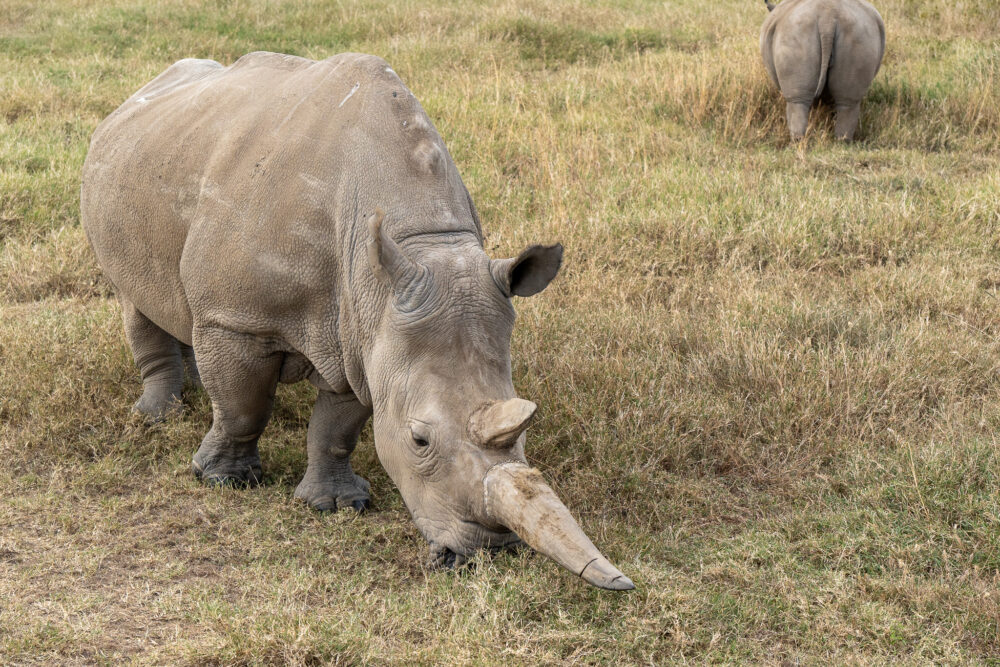
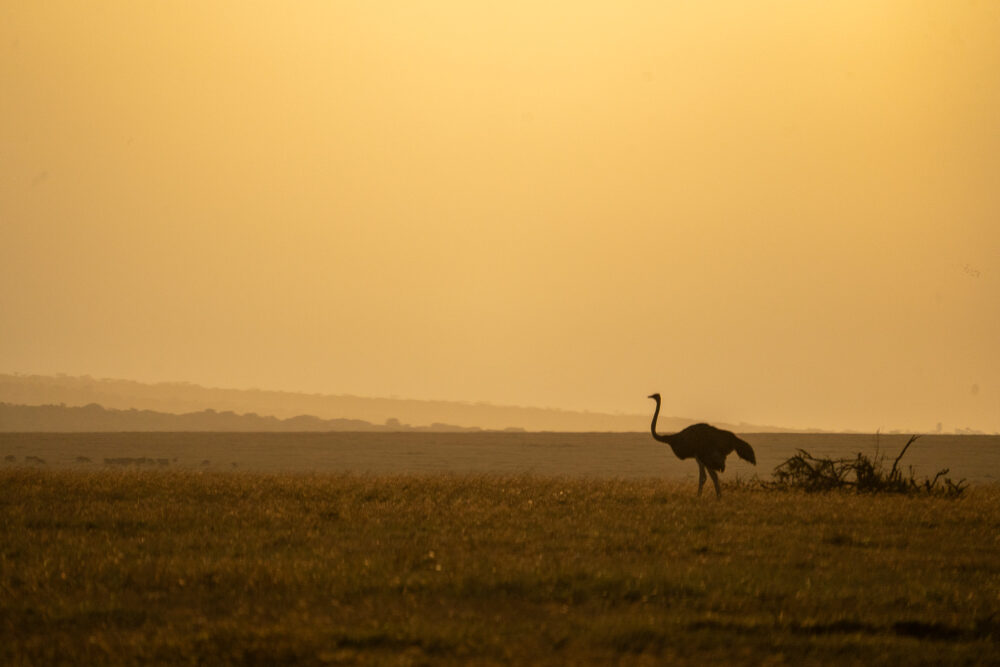
Ol Pejeta Conservancy is the SINGLE BEST managed wildlife reserve in East Africa. Not only is it heaving with wildlife, the park supports the local community, pioneers anti-poaching techniques that are being used around East Africa, and it’s the only place you can find all three species of African Rhino. The last two remaining Northern White Rhinos reside here and the conservancy is trying to get some in vitro fertilization going with some surrogate rhinos to save the species.
But I digress. Ol Pejeta has many good campsites, a beautiful landscape, and is about half the price of Maasai Mara.
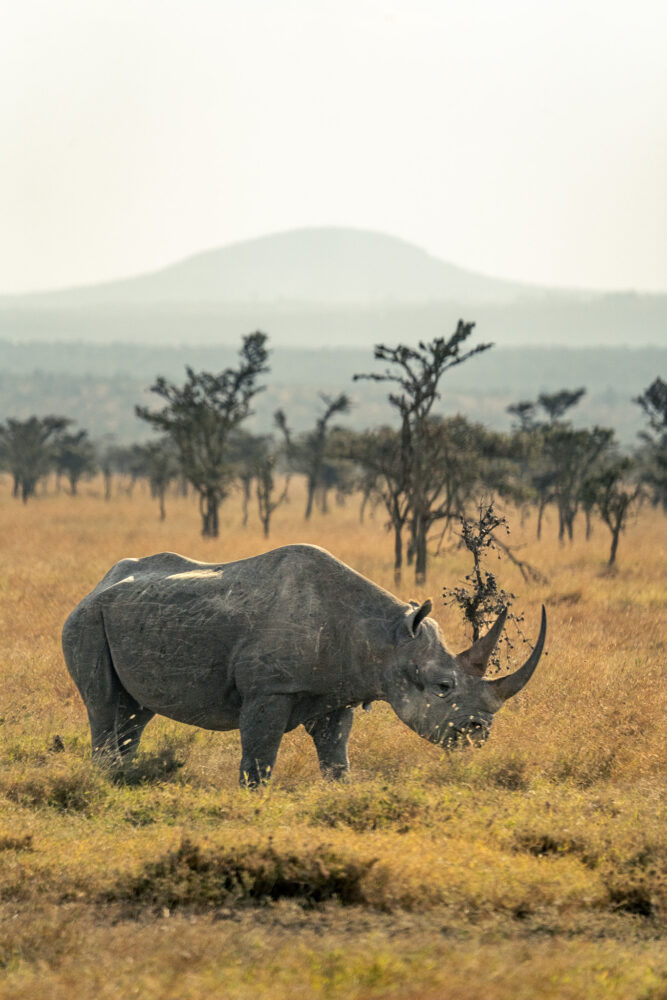
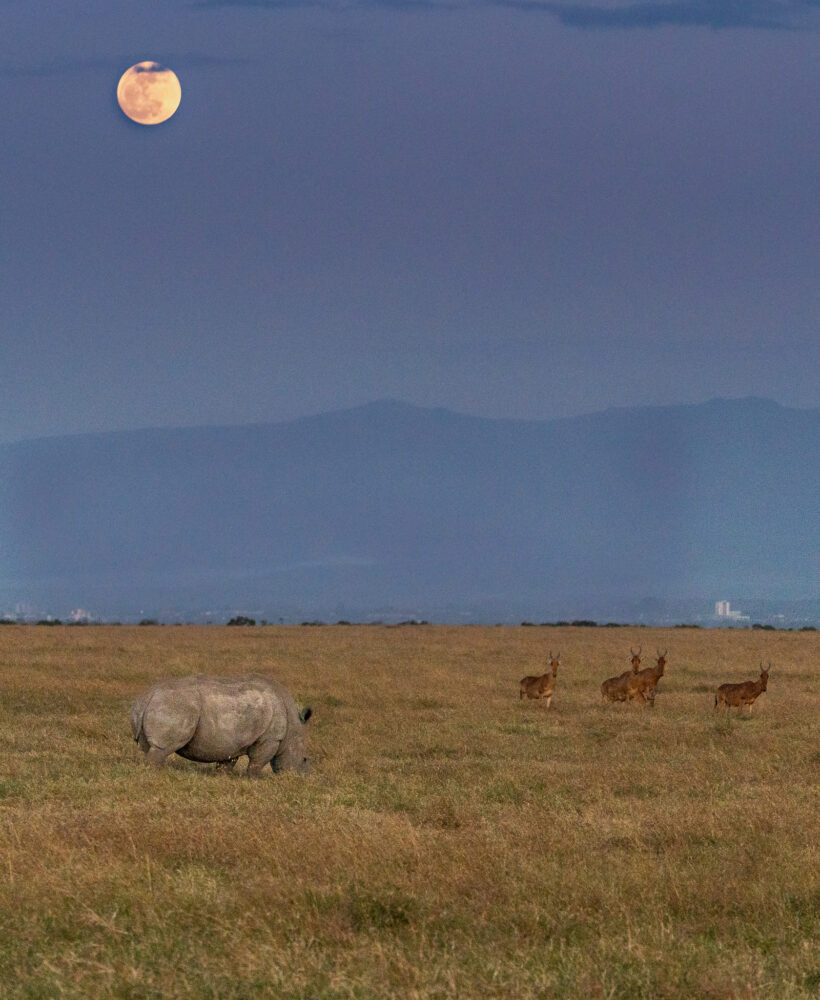
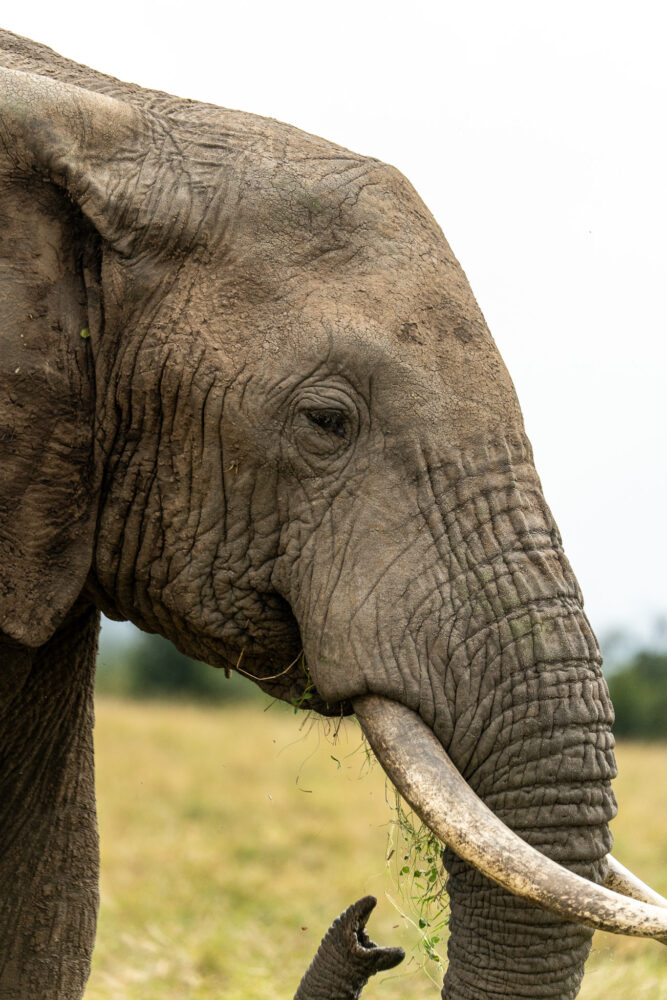
During our stay, we saw… a leopard, loads of lions including 6 or 7 cubs, Cape Buffalo, Elephants, a bat-eared fox, two species of Jackal, Reticulated Giraffes, Grevy’s Zebra, Thompson’s Gazelle, Grant’s Gazelle, Impala, Common Zebra, and all three species of Rhino.
This is fairly typical for a two-day visit to the park. You can also pay extra to see the last two Northern White Rhinos for yourself, help to care for their bling Black Rhino, and see the free Chimpanzee sanctuary sponsored by Jane Goodall.
2. Maasai Mara National Park
As of 2024, the Maasai Mara raised its prices to $200 per person from sunrise to sunset within the park. You are no longer allowed to self-drive within the park, and if you stay overnight at one of the lodges, the prices you’ll pay are extortionate. Yet, this has done little to curb the park’s overtourism.
The proximity to Nairobi ensures that EVERYONE visits the Mara. This means while you’ll probably have incredible animal sightings — you’ll have to share them with dozens of other safari vehicles.
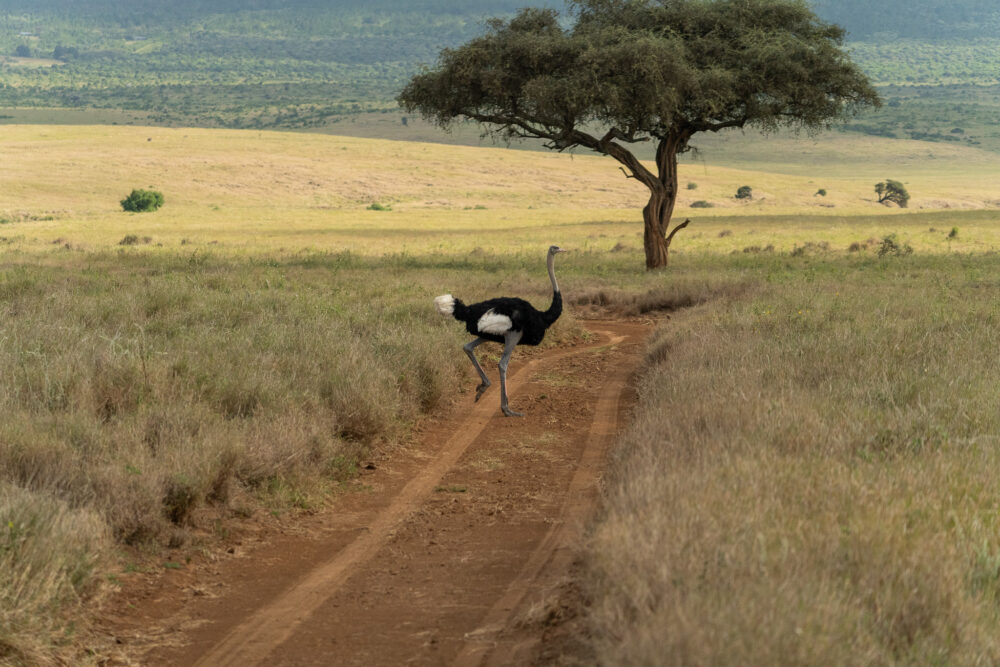
If you are NOT planning on visiting the Serengeti NP in Tanzania while in East Africa, then I recommend a full-day safari in the Mara. These two parks are part of the same ecosystem, so there is no need to visit both unless you aren’t concerned about the pricetag.
In the Mara, you’ll have the opportunity to see Lions, Leopards, Cape Buffaloes, Wildebeest, Cheetahs, Elephants, Rhinos, and an array of smaller critters. This park is popular because (like the Serengeti) you can witness the Great Migration of Wildebeest during the months of August and September.
3. Samburu National Park/Buffalo Springs National Reserve
A rarely visited duo of parks that is beloved by self-drivers. Technically speaking, the region has three parks touching one another: Samburu, Buffalo Springs, and Shaba. The first two hold all the wildlife, and I recommend a day in each. Here are the highlights.
Samburu
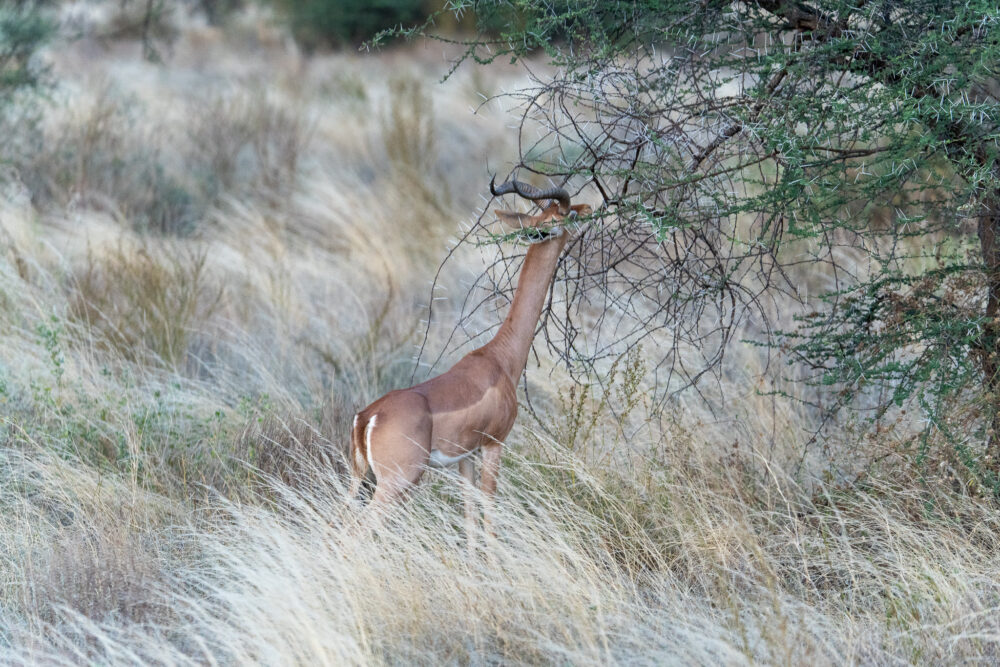
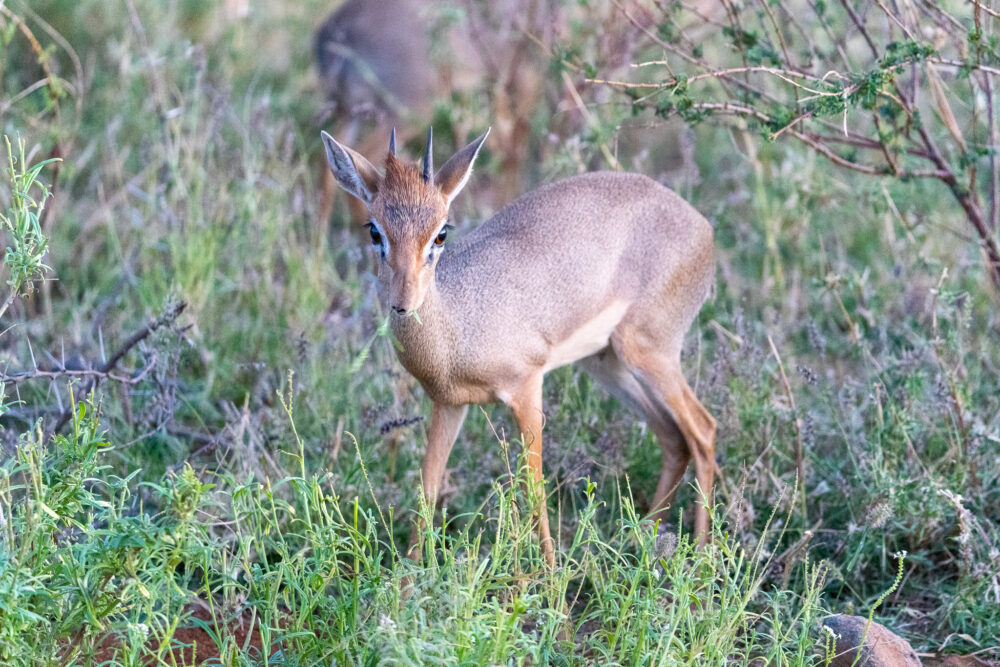
While Samburu does not have the Big 5, it does have the “Samburu 5,” a collection of weird wildlife only found in this Northeastern Kenya region: the Gerenuk, Grevy’s Zebra, Reticulated Giraffe, Somali Ostrich, and Beisa’s Oryx. We saw all these as well as, Ground Hornbills, Elephants, Hartebeest, Dik-Dik, Grant’s Gazelle, and some cool birds like the Secretary Bird and Kori Bustard.
Buffalo Springs
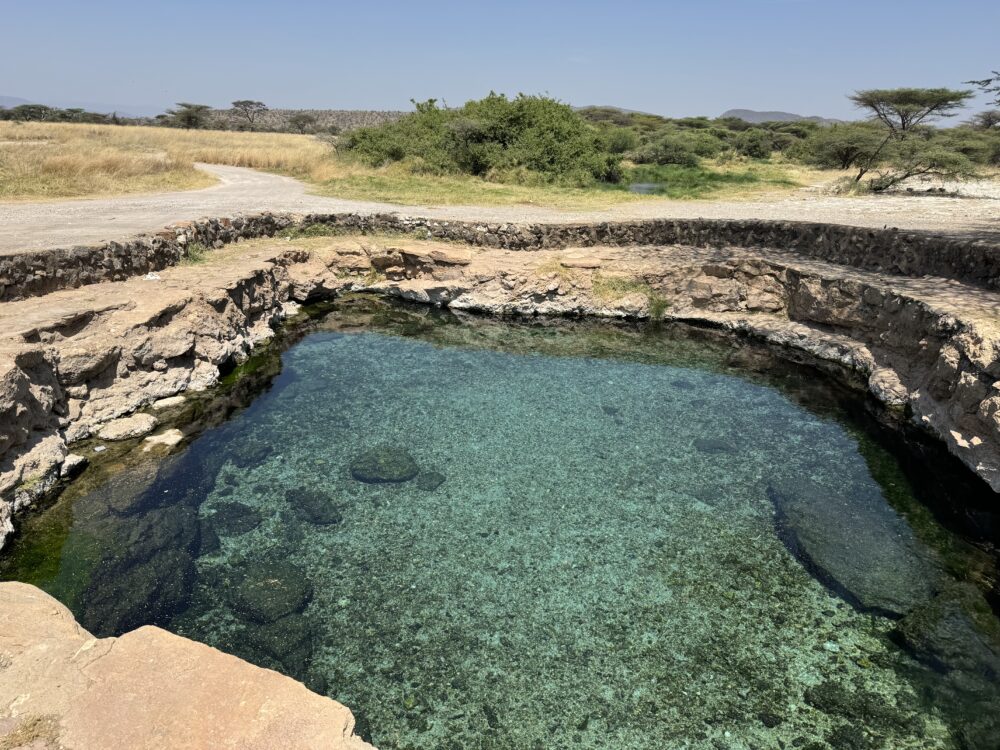
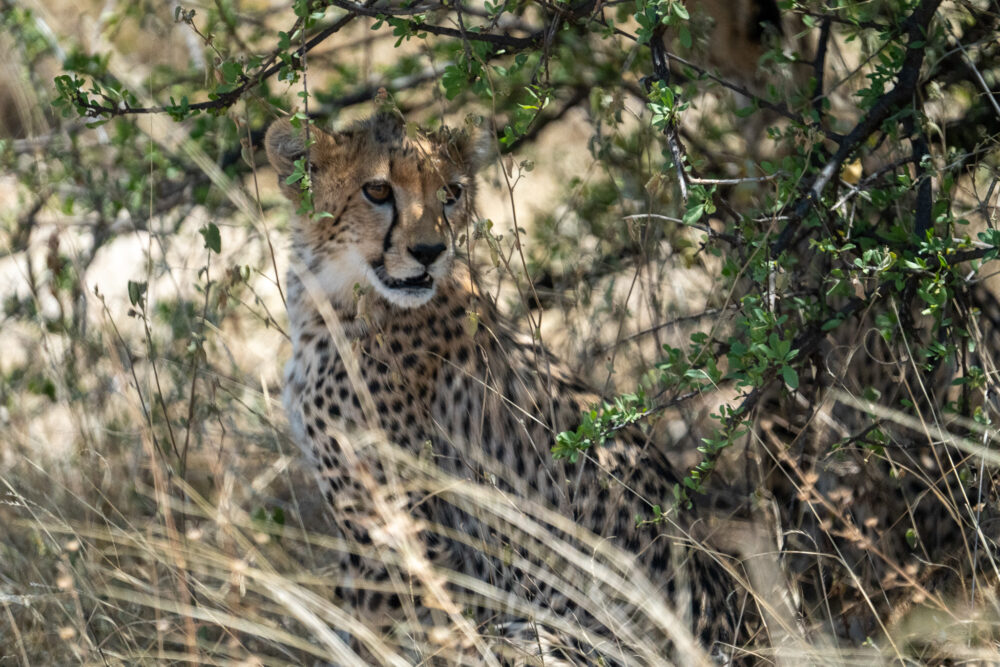
This park has a natural crystalline swimming pool and all the abovementioned wildlife. However, the landscape is not as lovely as Samburu’s, and if it rains, all the river crossings in the park will be difficult. While most people claim Samburu has the better wildlife sightings…we saw a mother cheetah and three cubs in Buffalo Springs. The campsite here is also much nicer than the Samburu one.
4. Amboseli National Park
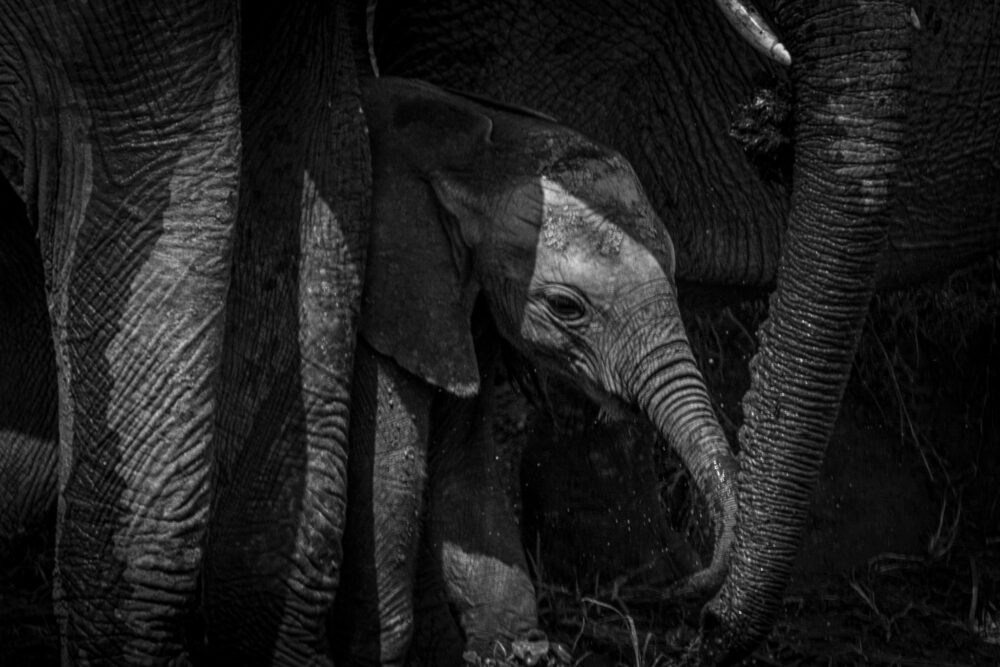
There are really only two reasons to go to Amboseli National Park: to see views of Kilimanjaro or to see giant herds of elephants. If you haven’t seen enough elephants yet, then I recommend a visit; otherwise, I would skip it.
5. Hell’s Gate National Park
Hell’s Gate has one of the best national park campsites. You’ll sleep overlooking the vast valley filled with giraffes, zebra, and antelope. But this park has no predators. That’s why you are allowed to partake in walking and biking safaris!
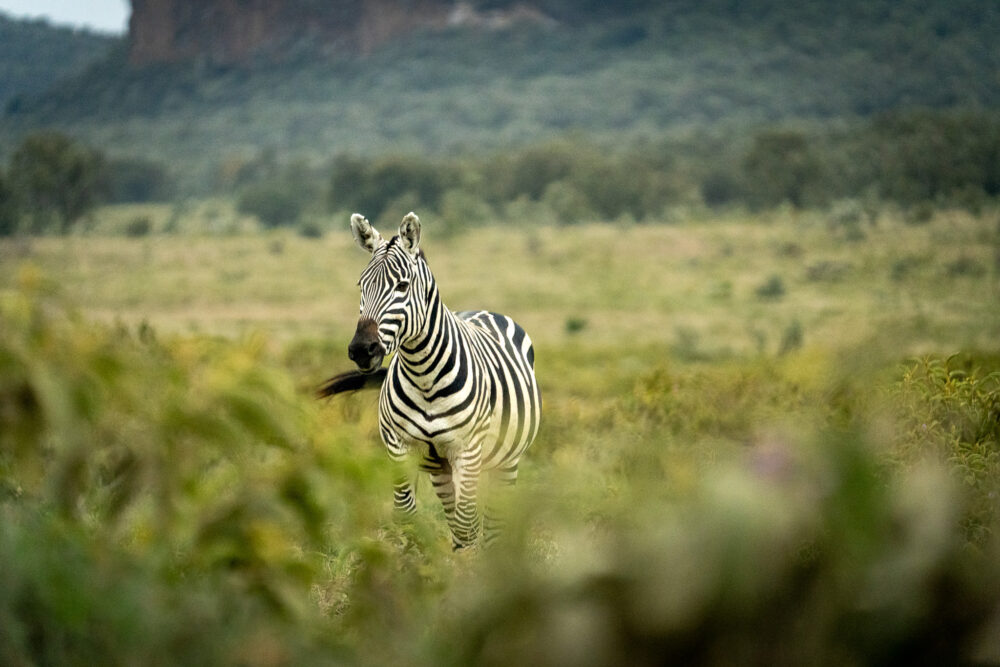

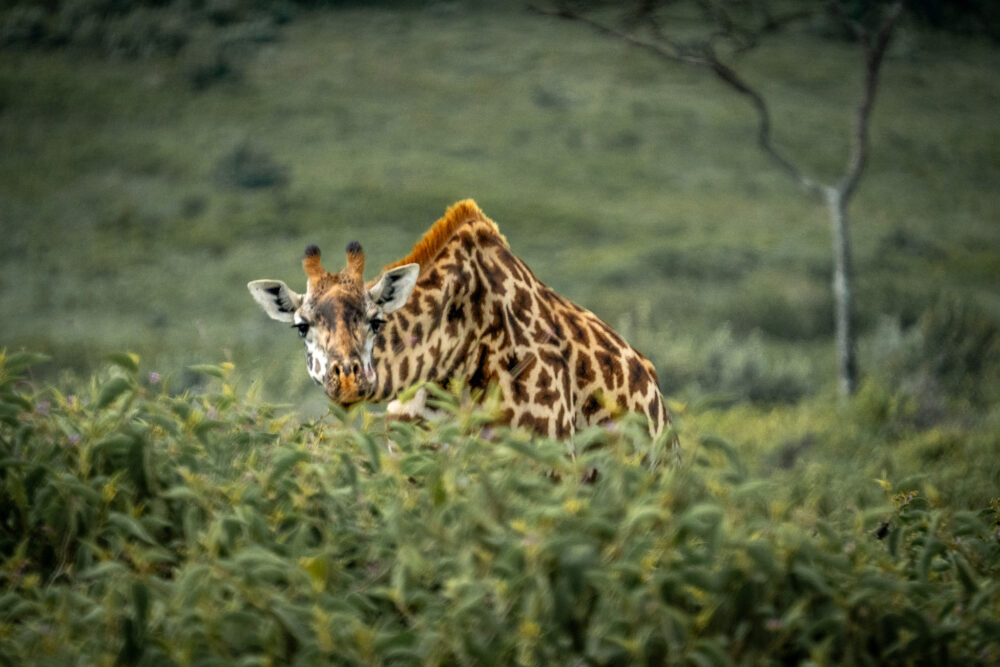
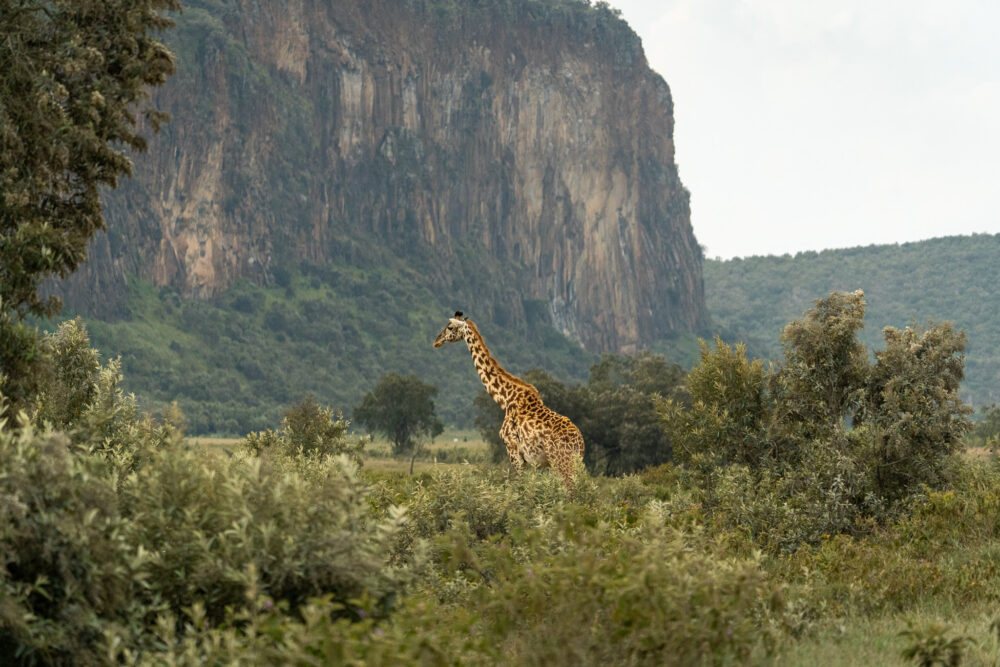
Top Tip: If you plan to visit Hell’s Gate, I recommend you make this your very first park visit. This way, you won’t be burnt out on Hartebeests, Warthogs, and Zebras yet.
6. Tsavo East National Park
Elephants and Lions attract visitors to Tsavo. East is the better of the two parks for wildlife, as the terrain makes spotting the animals WAY easier in Tsavo East rather than the dense foliage of Tsavo West. Other animals you might see include Rhinos, buffalo, leopards, hippo, crocodiles, waterbucks, and lesser Kudu. Personally, I prefer Tsavo elephant herds to Amboseli’s. But you won’t get the Kilimanjaro views here.
Unpopular Opinion: We saw Kilimanjaro from numerous angles during our trip. The mountain just isn’t that impressive. Not after you’ve seen real snow-capped peaks in places like the Himalayas and Karakorum.
7. Nairobi National Park
While the city park does have lots of wildlife, it also suffers from crowds. If you’re in a time crunch or really want to see the Sheldrick Center and Giraffe House nearby then this park ticket can be purchased in a pretty economical bundle. Otherwise, there are better parks to prioritize.

8. Aberdares National Park
This national park ranks low only because it focuses more on hiking than wildlife sightings. It is known to be high-elevation, lush, green, and bursting with waterfall hikes. If you want to hike, this is your place.
9. Lake Nakuru National Park
Full disclosure: we did not visit Lake Nakuru but talked to people who did. I’m not sure how/why this particular park landed in the “premiere parks” category, making it $100 per person just to enter.
You’ll see some wildlife, but for the most part, this is a park for bird lovers.
How Many Parks Should You Visit on Your Kenyan Safari?
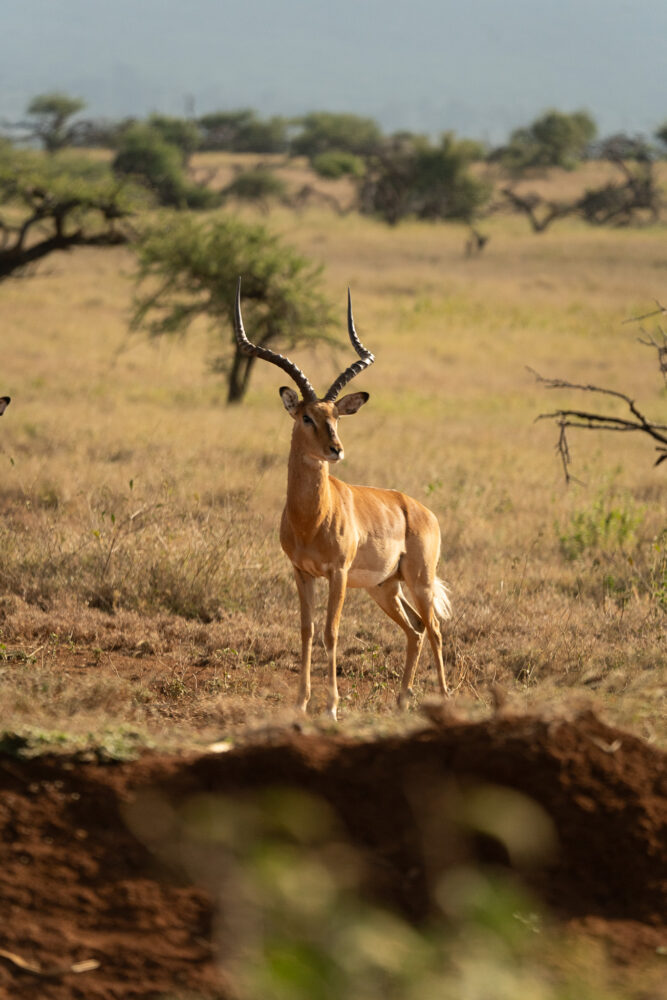
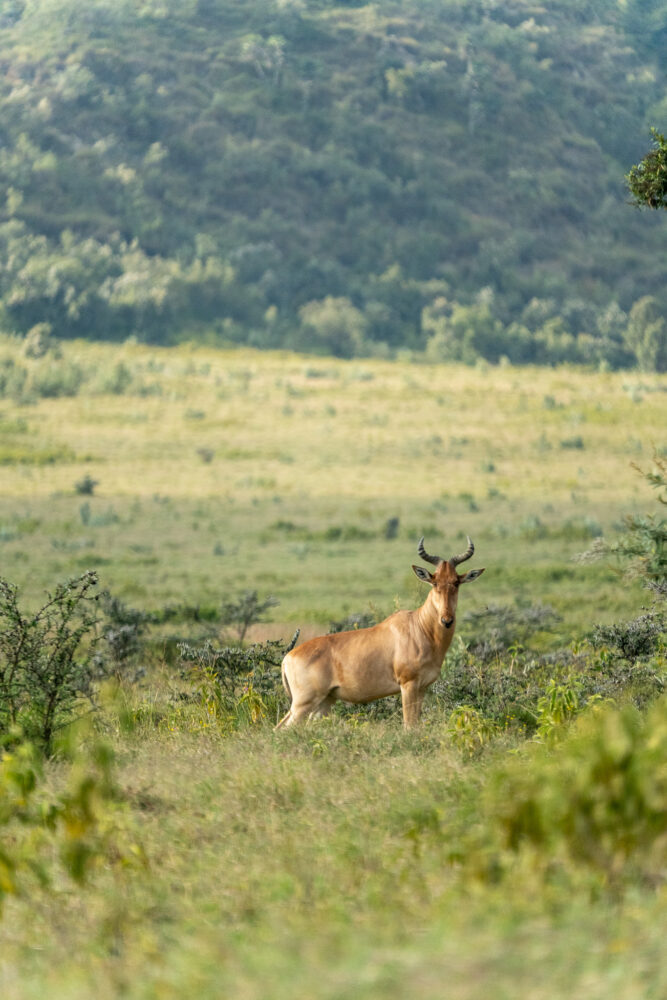
This is going to be different for every traveler. We visited many parks because we LOVE wildlife and can’t get enough of it. I think that most travelers will choose 2 to 3 parks in Kenya and feel like this is sufficient. If you just want to visit the Mara and don’t particularly care about how many other people are there watching the same lion with you, then maybe one is enough.
Best Places in Kenya to See Wildlife for FREE!
As an added bonus, let’s talk about the places where you are most likely to see impressive wildlife 100% free.
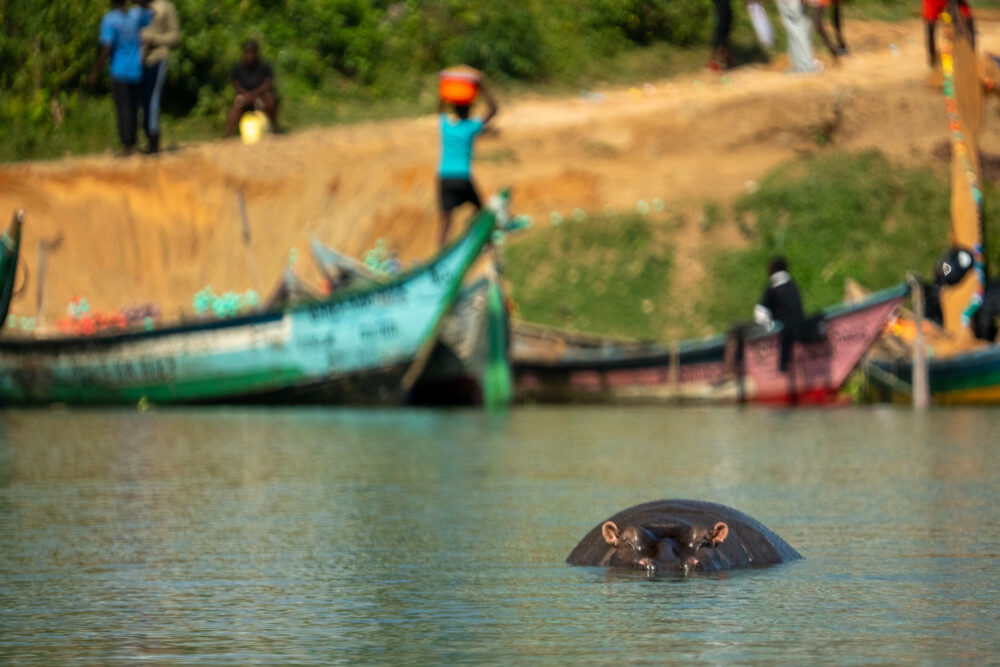
- The road next to Solio Reserve. The famous rhinos like to hang out near the perimeter of the fence, allowing you free views.
- Lewa Conservancy Transit Road. This road cuts through Lewa Conservancy and is free of charge. As you drive, you’ll see loads of animals (including rhinos and ostriches) within the park boundaries.
- Borana Wildlife Conservancy. Entrance to this park is 100% free for self-drivers. While you have to face some rough roads and are most likely to see a variety of antelope species and Oryx.
- Lake Victoria near Dunga Hill Camp. Here, you’ll most often see some hippos floating in the lake near where the fishermen are bringing in their catch.
There are more parks and conservancies within Kenya, especially conservancies. But this list covers the majority of parks that travelers consider on their Kenyan safaris. If you visited an incredible park or conservancy on your Kenya safari, please add it to the comments!
Save this Post for Later!
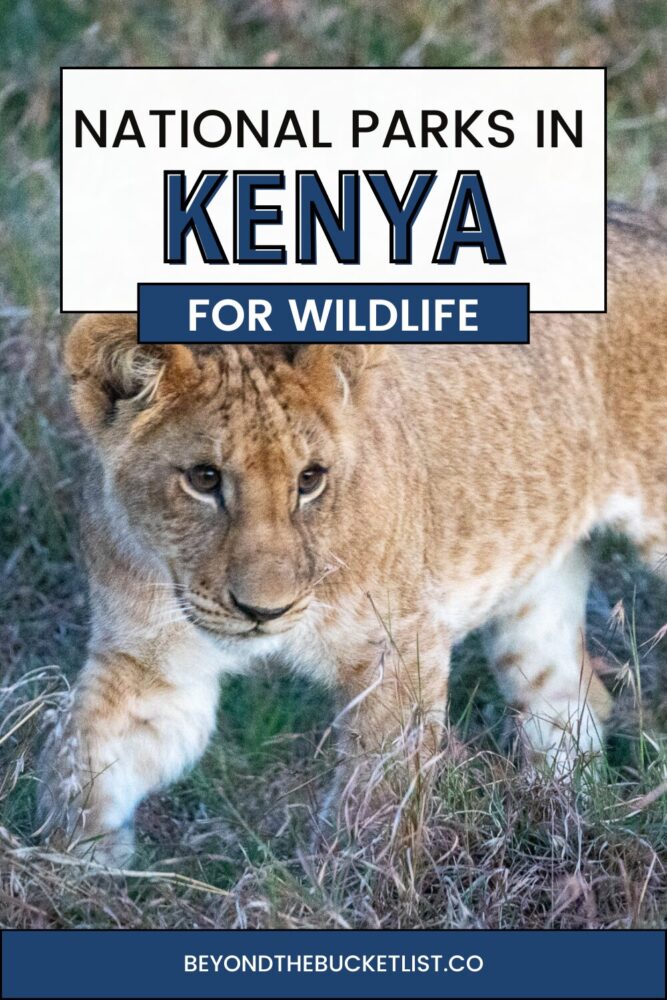
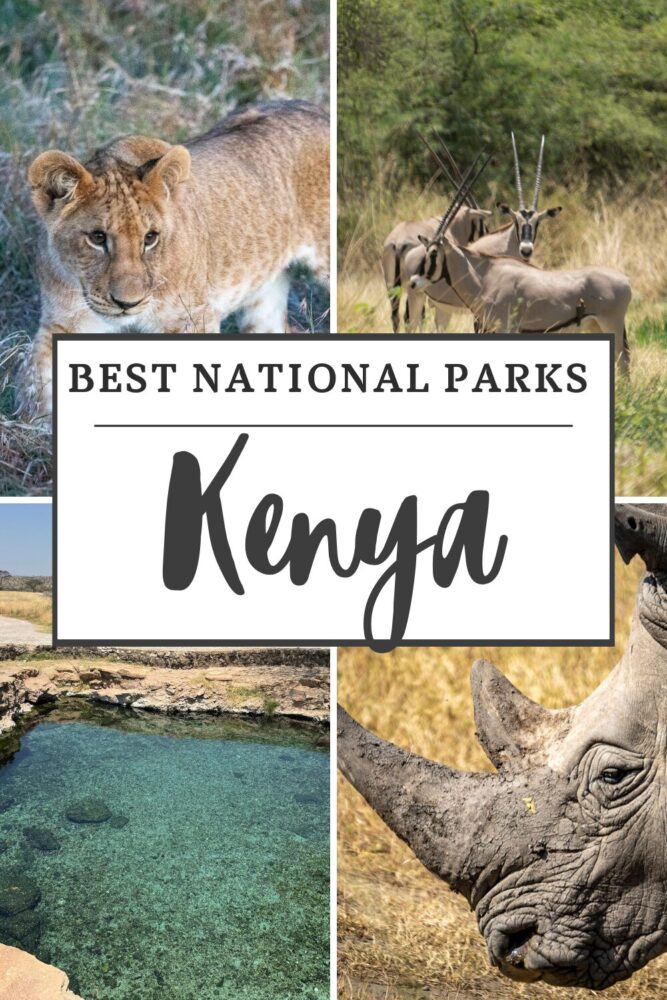
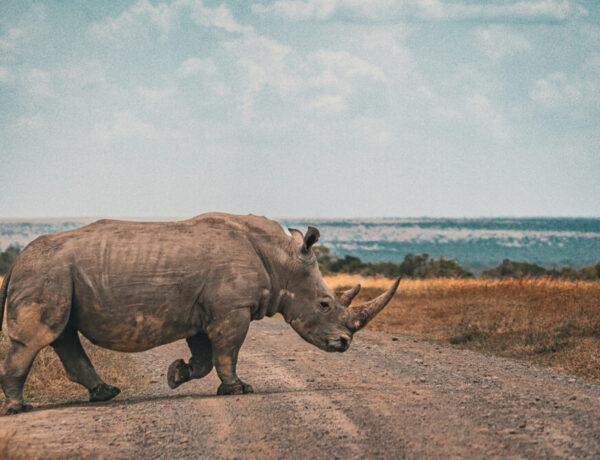
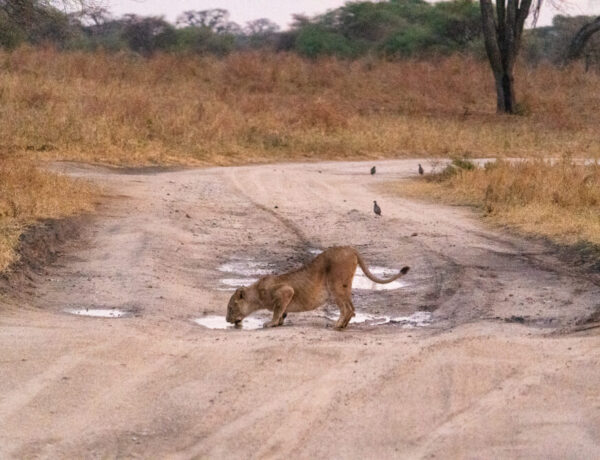
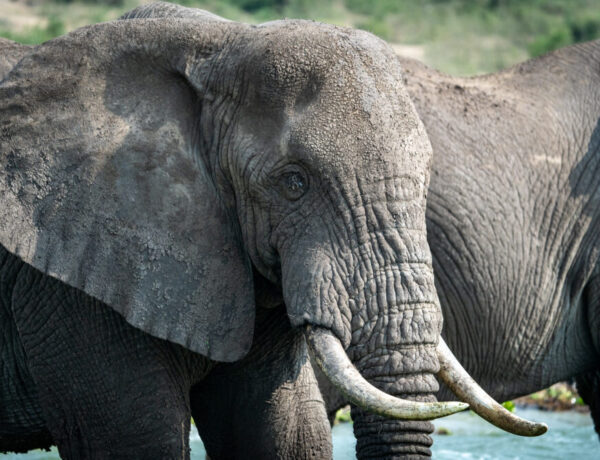


No Comments